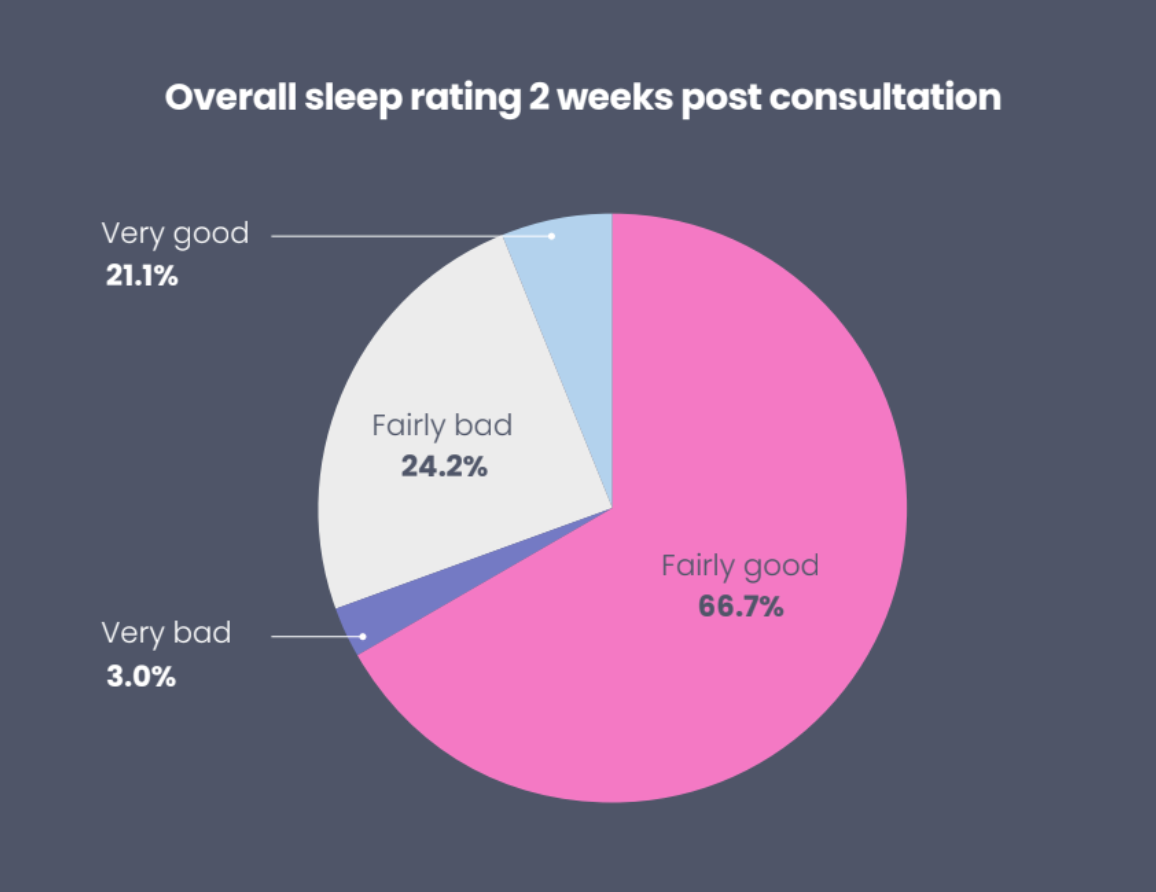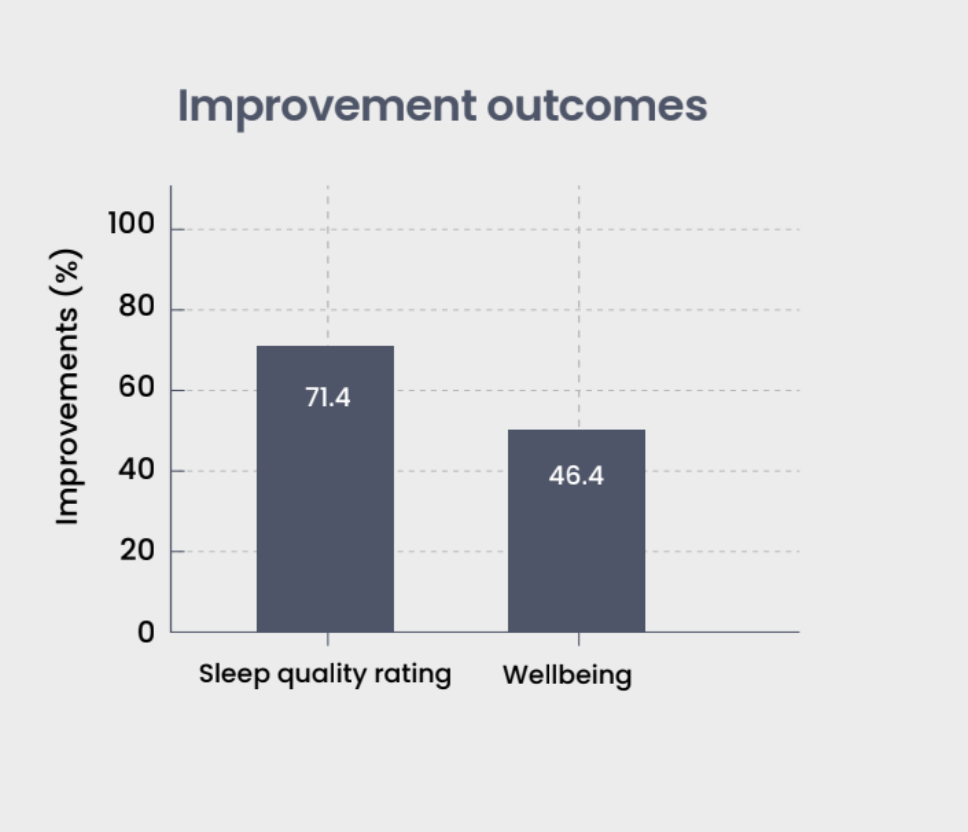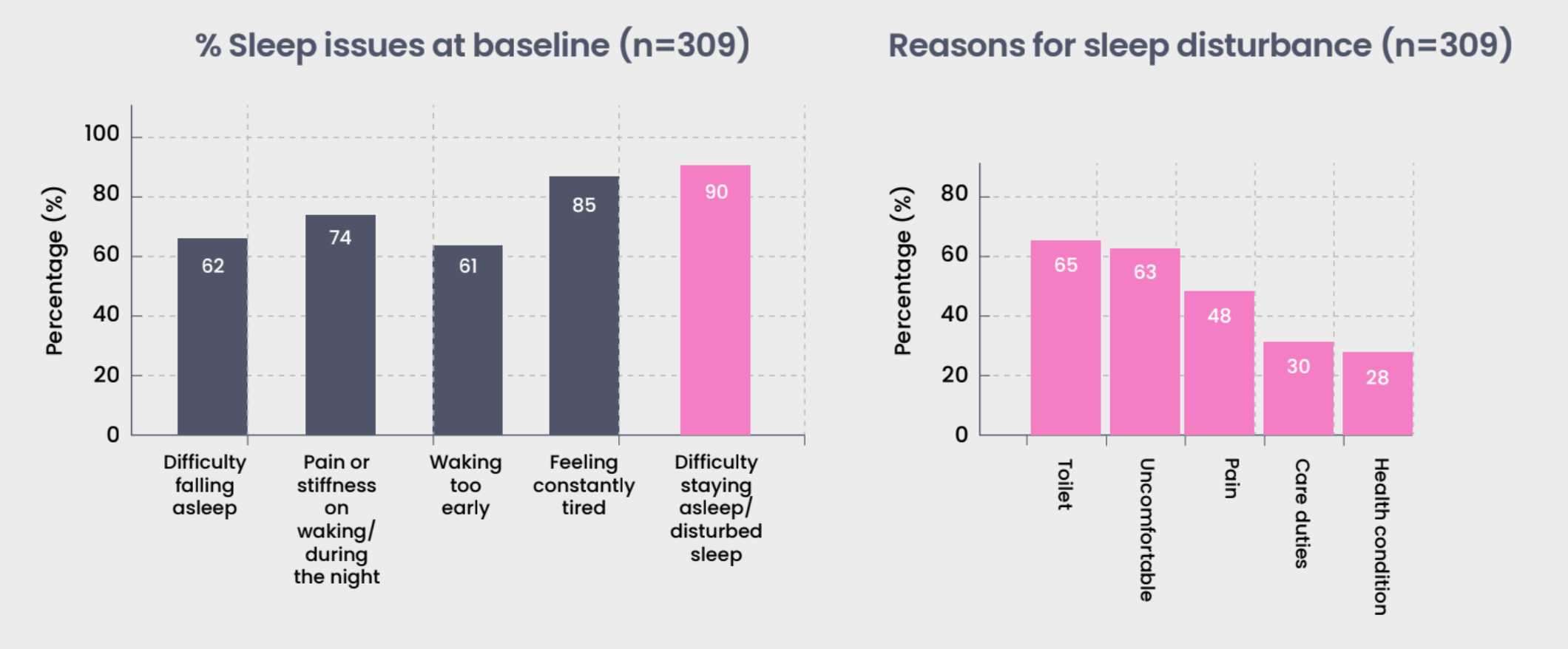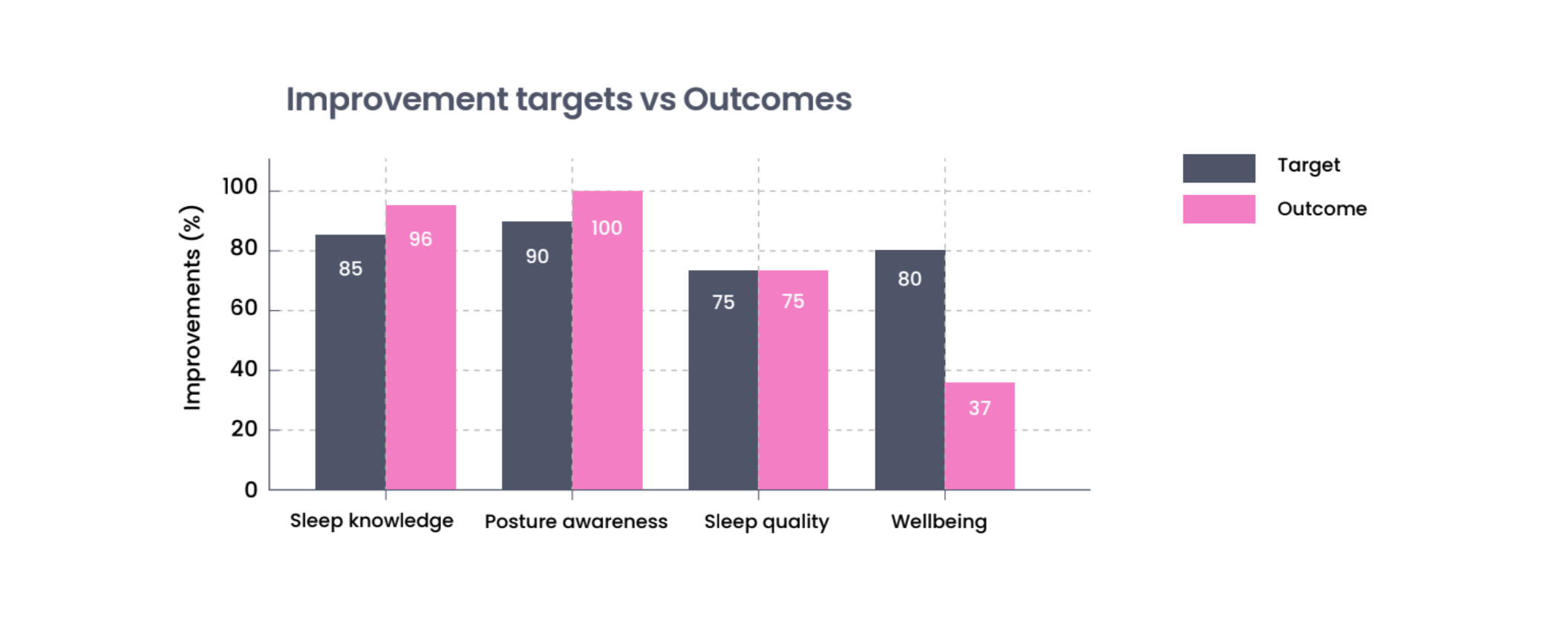
Research & Previous Clinical Studies
‘Impact of a new clinical mattress solution on interface pressure and comfort during supine lying’.
Peer reviewed and published in the Journal of Wound Care. DOI: 10.12968/jowc.2023.32.8.513
Jo-Anne Webb MSc, Dip COT, ROT, FHEA
Senior Lecturer, Directorate of Occupational Therapy, University of Salford
Aims of the study
To investigate the impact of using the Levitex foam mattress and Levitex foam mattress topper on interface pressure, temperature and comfort in lying.
To explore the possibility of a relationship between perceived comfort and pressure redistribution qualities of the Levitex foam mattress and topper.
To compare the differences in interface pressure, temperature and comfort rating when lying on a range of mattresses compared with the Levitex products.
Research Methodology
Laboratory-based experimental study to investigate the interface pressures exhibited on 27 volunteers, Age 20-49, BMI: Range 19.53 – 49.84
Whilst lying on a range of mattresses, using a within subjects’ comparative design. In addition to interface pressure data to compare pressure redistribution qualities of the different mattress surfaces, participants completed a questionnaire for each surface to collect further data to evaluate comfort, heat distribution and collect their personal preferences and perception of relaxation and the ability to get a good night’s sleep.
Feedback
The Levitex® mattress gained very positive feedback regarding comfort and softness with more of a balance presented between firmness and softness provided. There was less of a feeling of envelopment.
“Good pressure distribution.” “Weight evenly distributed…felt very light…made me fall asleep very easily.” Felt support through the mattress, felt relaxed…I loved this one, one of the comfiest ones I tried.” “It was the perfect firmness” “Felt like my lower body was floating, enough space to move around.”
100% of participants found the Levitex® foam mattress comfortable.
Comfort
The Levitex® topper was identified as being rated statistically more comfortable than the memory foam topper when used over the hospital mattress and the Levitex mattress was scored significantly higher for comfort when compared to the memory foam mattress. The highest significance was noted when adding the Levitex® topper to the hospital mattress, closely followed by the impact of using theLevitex®topper over the sprung mattress and the airflow dynamic system.
Relaxation
Participants felt more relaxed on the Levitex® mattress overall. When comparing relaxation between the 2 toppers and the hospital mattress, participants found the Levitex® topper made them feel more relaxed when compared to the memory foam and using the levitex topper over the sprung mattress increased the relaxation score significantly.
Conclusion
In this study the Levitex® foam topper was shown to:
- Redistribute pressure effectively
- Increase levels of perceived comfort
- Increase perceived levels of relaxation
- Reduce mean pressure and both sacral and heel PPI’s when used over hospital foam, sprung mattress and dynamic mattresses
Levitex® foam performs very well with regard to redistribution of pressure, whilst increasing comfort without causing an increase in temperature or moisture.

Projects
'Sleep posture for health equity'
In collaboration with NHS South Yorkshire, The Sleep Charity and The ICB
About
This project aimed to improve sleep quality for NHS and Social Care staff in groups most affected by health inequalities: women (particularly around menopause), unpaid carers, and shift workers.
Method
The initiative provided training, one-to-one consultations, a free Levitex Pillow and peer support opportunities. Working in partnership with the ICB Sleep Posture was identified as a unique offer for the organisation and became the focus of our programme.
Participants
A total of 309 staff members completed the baseline questionnaire, with the following profile:
• 92% identified as women
• 24% were unpaid carers
• 25% worked shifts
Validated improvements
We used a validated measure of sleep quality - the Pittsburgh Sleep Quality Index Single Question.



Key learnings & project outcomes
The project demonstrated:
- Sleep posture intervention improved sleep quality and should be part of the wellbeing offer
- Peer support was highly valued and should be embedded into future programs
- Partnership working with existing teams enabled effective recruitment and access to the online materials
- Wellbeing outcomes require longer-term evaluation to capture full impact
- Tangible incentives such as pillows significantly boosted capture of outcomes and retention
- Partners enabling adaptation to the initial proposal maximised value for the project.
The evidence demonstrates that targeted sleep posture interventions can deliver measurable improvements in sleep quality and staff wellbeing. With strong engagement, validated outcomes, and a sustainable delivery model, the approach is well positioned to add value to future health and social care wellbeing programmes.
Graphic: Sleep improvement at 6 weeks.



